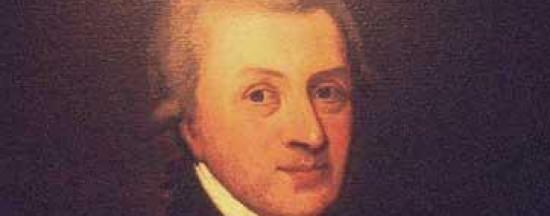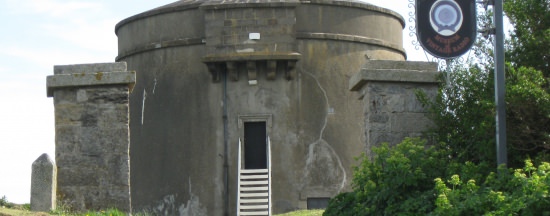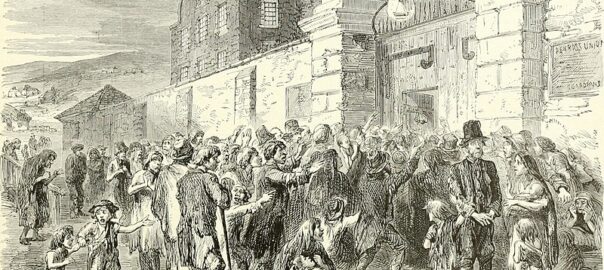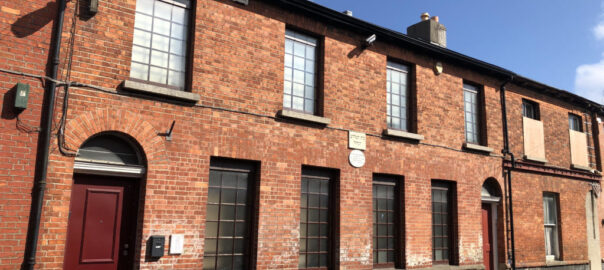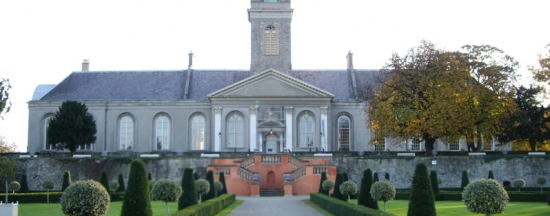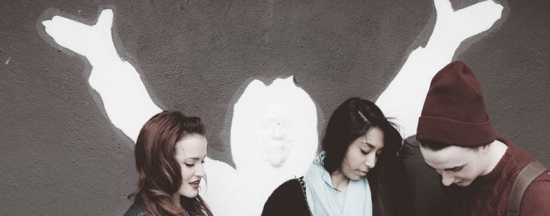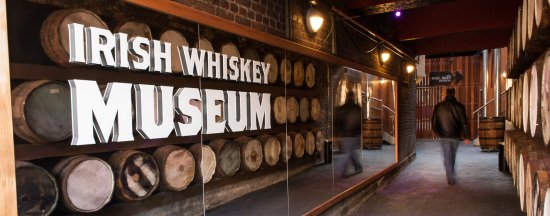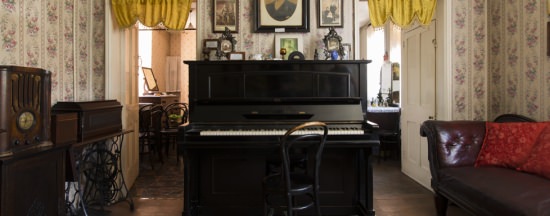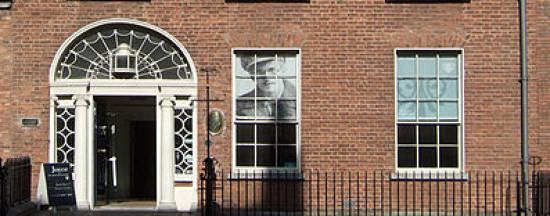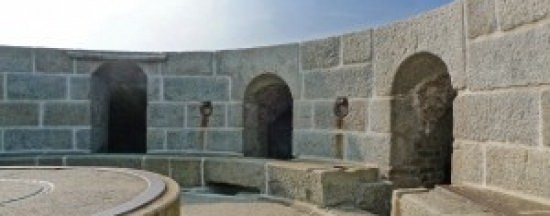Ireland’s number one visitor attraction, providing a journey into the heart of the world famous Guinness brand and company. This historic building is central to Dublin’s heritage, and has been continually updated to create a blend of industrial tradition and contemporary edge. The seven floors bring to life the rich heritage of Guinness, telling the story from its origins at St. James’s Gate in Dublin to its growth as a global brand, known all around the world.
The enormously popular tour takes in the history of the Guinness family, the ingredients and craft of brewing, cooperage and transportation, Guinness’s long tradition of award winning advertising, the craft of pouring the Perfect Pint, the use of Guinness in cooking, and a chance to enjoy a pint of Guinness in the lofty Gravity Bar, taking in breath-taking panoramic 360° views of the city.
The Open Gate Brewery is the home of brewing experimentation and innovation at St. James’s Gate where Guinness brewers are given license to explore new recipes, reinterpret old ones and experiment freely to bring exciting new beers to life. You can purchase Guinness stout and the latest brewers project releases like Hop House 13 lager, Dublin Porter and West Indies Porter. You can also purchase experimental beers. Some of these beers will end up on tap at your local pub or on the far side of the world, while others will never leave these walls.
Opening Hours:
Mon to Thurs: 9:30pm – 5pm
Fri-Saturday: 9.30am to 6pm
Sunday: 9.30am to 5pm
Opening hours are seasonal and subject to change, advance online booking recommended.
The Open Gate Brewery opens Thursday to Monday: 1pm – 9pm, last orders at 8pm except Sunday 1pm – 7pm (last sitting 6pm).
The cheapest ticket includes a self-guided tour and a pint of Guinness (or non-alcoholic alternative). Optional upgrades and additions are also offered.
Closed Dec 24-26 & Good Friday.
Contact & Pricing:
guinness-storehouse.com
[email protected]
guinnessopengate.com
Tel: 01 408 4800
St. James’s Gate, Dublin 8
Adult tickets start at €20; concessions
